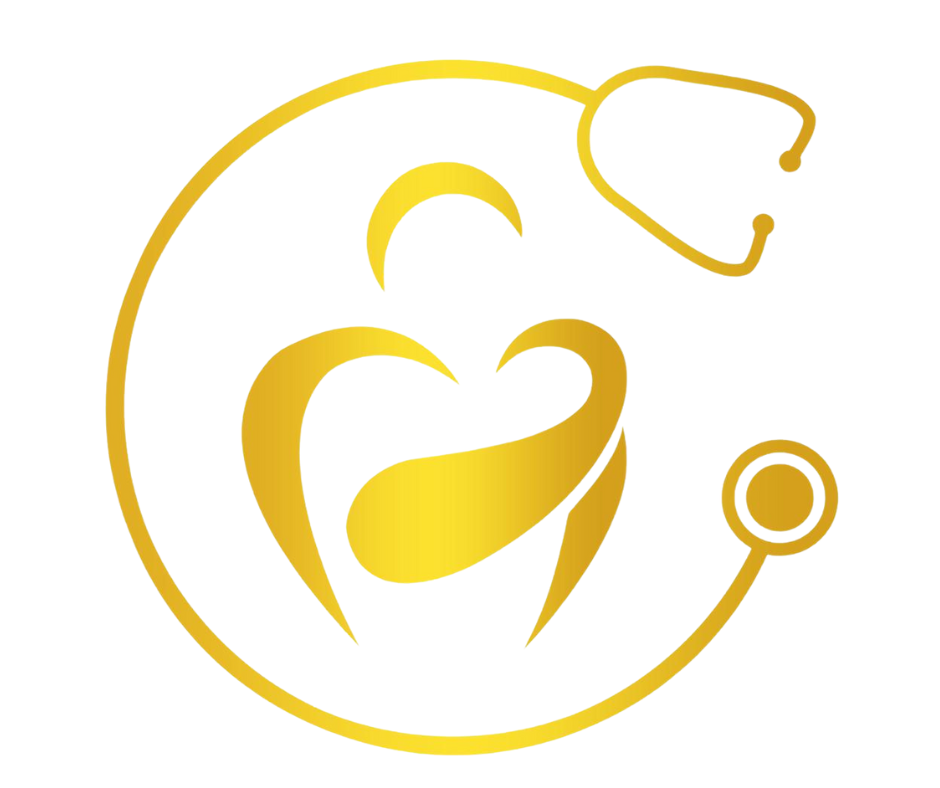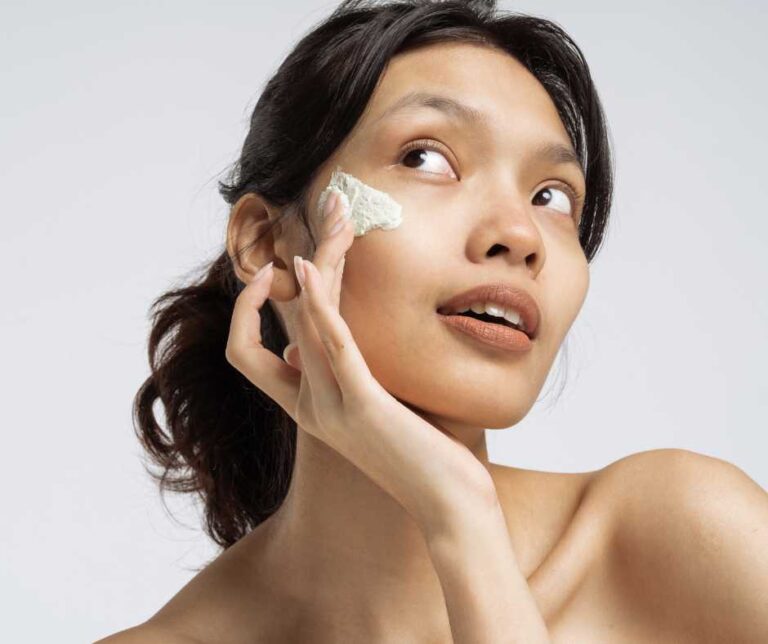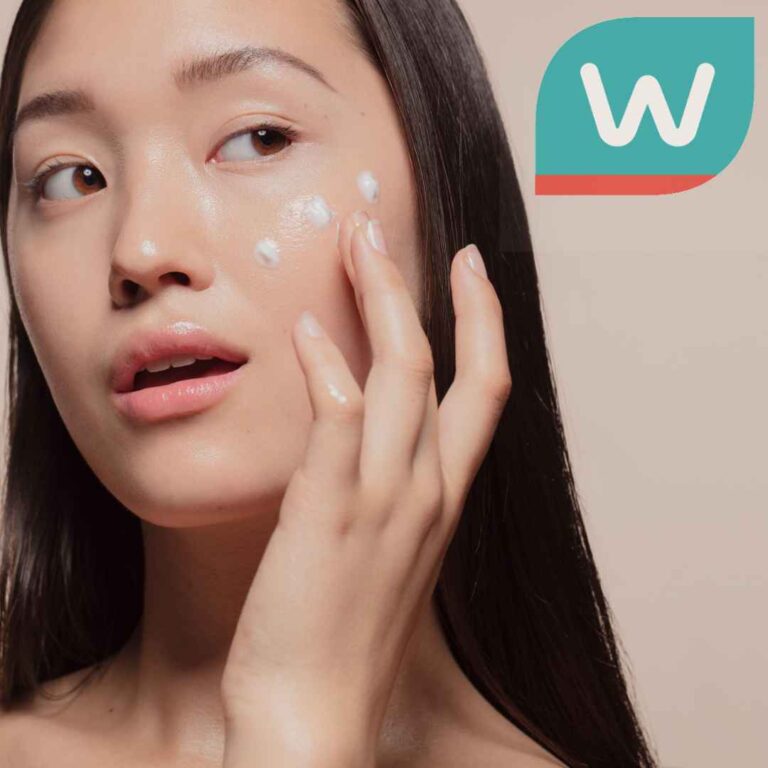Clean vs Natural vs Organic Beauty: The Ultimate Guide to Understanding Beauty Labels


Confused about the difference between clean, natural, and organic beauty products? You’re not alone. Let’s break down these commonly confused categories with clear, science-based definitions and practical comparisons.
Clear Definitions: What Each Term Really Means
Clean Beauty
- Focus on safety and non-toxic ingredients
- Can include both natural and synthetic ingredients
- Emphasis on transparency in ingredient sourcing
- No universal standard or certification
Natural Beauty
- Ingredients derived from natural sources
- Minimal processing
- Usually plant-based or mineral-based
- No regulated definition in cosmetics
Organic Beauty
- Ingredients grown without synthetic pesticides
- Strict agricultural standards
- Regulated certification process
- Different levels of organic content allowed
Comprehensive Comparison Chart
| Aspect | Clean Beauty | Natural Beauty | Organic Beauty |
|---|---|---|---|
| Ingredient Source | Both natural and synthetic | Natural sources only | Certified organic sources |
| Regulation | Self-regulated | Not regulated | Government regulated |
| Processing | Allowed | Minimal | Strictly controlled |
| Preservatives | Safe synthetic allowed | Natural only | Organic approved only |
| Price Range | Medium to High | Low to Medium | High |
| Shelf Life | Standard | Shorter | Variable |
Certification Requirements

Clean Beauty
- No official certification
- Third-party verifications available:
- EWG Verified
- Made Safe
- Think Dirty App approved
Natural Beauty
- No standardized certification
- Common verifications:
- Natural Products Association (NPA)
- COSMOS Natural
- Natrue
Organic Beauty
- USDA Organic certification
- COSMOS Organic
- Soil Association
- Ecocert Organic
Pros and Cons Analysis
Clean Beauty
Pros:
- Balance of safety and efficacy
- Longer shelf life
- Often more sophisticated formulations
- Greater variety of products
Cons:
- Higher price point
- No standardized definition
- Potential greenwashing
- Varying standards between brands
Natural Beauty
Pros:
- Often lower cost
- Simple ingredient lists
- Minimal processing
- Environmental friendly
Cons:
- Shorter shelf life
- Limited formulation options
- Potential allergens
- No regulation of “natural” claims
Organic Beauty
Pros:
- Strict quality standards
- Environmental sustainability
- Transparent supply chain
- Regulated claims
Cons:
- Highest price point
- Limited ingredient options
- May have stability issues
- Can be less effective for certain concerns
Price Point Comparisons

Entry-Level Products
- Clean: $15-30
- Natural: $5-20
- Organic: $20-40
Mid-Range Products
- Clean: $30-75
- Natural: $20-50
- Organic: $40-100
Luxury Products
- Clean: $75-200+
- Natural: $50-150
- Organic: $100-250+
Best Uses for Each Category
Clean Beauty
- Anti-aging products
- Acne treatments
- Sunscreens
- Complex formulations
Natural Beauty
- Basic skincare
- Body care
- Hair care
- Sensitive skin products
Organic Beauty
- Baby products
- Sensitive skin care
- Wellness-focused products
- Environmental conscious choices
Common Misconceptions

Clean Beauty Myths
- “Clean means all-natural”
- “Clean products don’t contain preservatives”
- “Clean is always better”
Natural Beauty Myths
- “Natural is always safer”
- “Natural means organic”
- “Natural products don’t cause reactions”
Organic Beauty Myths
- “100% organic is always best”
- “Organic products don’t expire”
- “Organic means hypoallergenic”
Real Product Examples and Analysis
Clean Beauty Brands
- Beautycounter
- Price range: $25-98
- Known for: Transparent ingredient screening
- Best sellers: Counter+ All Bright Vitamin C Serum
- ILIA
- Price range: $28-64
- Known for: Clean makeup formulations
- Best sellers: Super Serum Skin Tint SPF 40
Natural Beauty Brands
- Burt’s Bees
- Price range: $5-30
- Known for: Natural ingredients
- Best sellers: Beeswax Lip Balm
- Yes To
- Price range: $3-25
- Known for: Fruit and vegetable based products
- Best sellers: Yes To Cucumbers Face Wipes
Organic Beauty Brands
- Dr. Bronner’s
- Price range: $10-40
- Known for: USDA Organic certification
- Best sellers: Pure-Castile Soap
- John Masters Organics
- Price range: $16-50
- Known for: Organic hair care
- Best sellers: Lavender Rosemary Shampoo
Making Your Choice
Consider these factors when choosing between categories:
- Your skin’s specific needs
- Budget constraints
- Environmental priorities
- Desired results
- Product stability requirements
Tips for Smart Shopping
- Read ingredient lists carefully
- Look for legitimate certifications
- Consider your specific skin concerns
- Don’t assume higher price means better quality
- Patch test new products regardless of category
Conclusion
The choice between clean, natural, and organic beauty products doesn’t have to be overwhelming. Each category offers unique benefits and considerations. The best choice depends on your individual needs, values, and priorities. Remember that effectiveness and safety can be found in all three categories when you choose products from reputable brands with transparent practices.
Looking to learn more about specific ingredients or certifications? Check out our related articles on understanding beauty product labels and decoding ingredient lists.
SEO Keywords: clean beauty products, natural skincare, organic cosmetics, beauty product certifications, clean vs natural beauty, organic skincare brands, beauty product standards, clean beauty brands, natural vs organic skincare, beauty product comparison, clean beauty certification, organic beauty standards.






